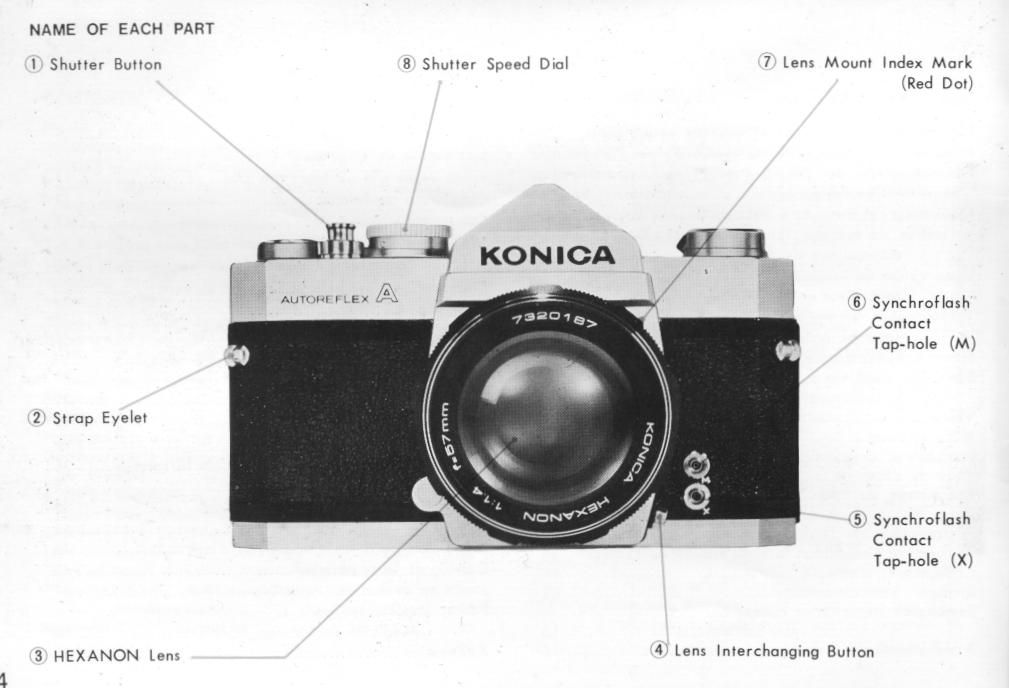
The next page contains information on this camera.
If
the image below looks like your camera,
click below to see the PDF manual.
The next page also contains information
on how to donate to this site.
www.PayPal.me/butkus
Venmo @mike-butkus-camera
Ph 2083
<<<
IF YOU WOULD LIKE THIS OR ANY PDF FILE
PRINTED, BOUND AND MAILED TO YOU,
SEE THIS OUTSIDE COMPANY'S OFFER >>>
Problems
opening PDF files or printing problems
- click here
Click here for Camera Manual site
CLICK HERE FOR Konica Autoreflex A PDF
MADE DIRECTLY FROM MANUAL
CLICK HERE TO CONTINUE TO FULL
Konica Auto A HTML MANUAL
Click here to Konica Auto A
PDF version made from
HTML - better printing
